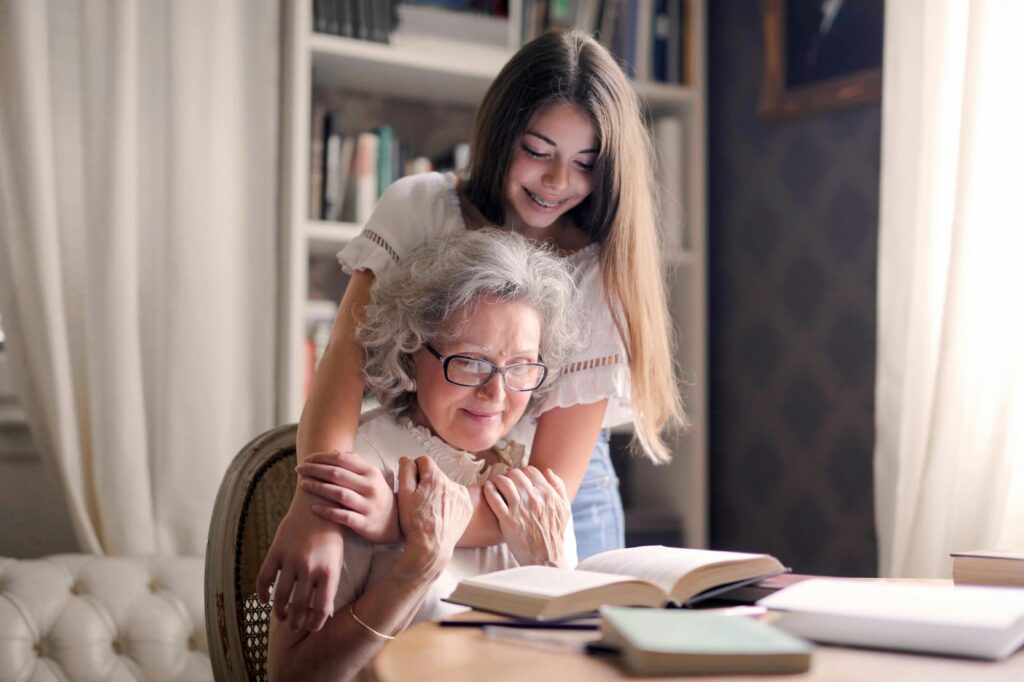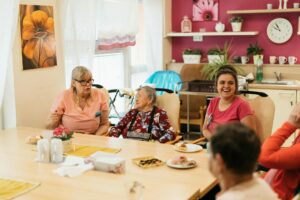My grandfather recently peacefully passed away in his mid-nineties, and until two years ago, he was living independently. When elderly people live on their own, loved ones often worry about their safety and well-being—wondering if help would be available quickly in an emergency, or if they might feel isolated and vulnerable. Fortunately, affordable and frugal safety solutions now make it possible for families on tight budgets to protect their loved ones without breaking the bank, providing peace of mind while keeping costs manageable.

Peace of mind shouldn’t be a privilege that only the wealthy can afford. Everyone deserves to feel safe, secure, and supported—no matter their income or background.
Thanks to smart innovation, devices like a personal alarm for elderly now offer simple, around-the-clock protection at a price most Canadians can afford. No need to worry about hefty installation costs or confusing long-term contracts.
Modern personal alarms are easy to use and often come as waterproof pendants with two-way voice communication. That means help is always just a button press away—at home or on the go.
Many services are subscription-based, with no hidden fees and month-to-month flexibility. You can cancel anytime without penalty, so there’s no risk of being locked into payments you can’t afford if your situation changes.
This shift isn’t just about technology—it’s about peace of mind becoming a basic right instead of a luxury. Whether you’re living independently in Montreal or supporting an aging parent in rural Alberta, accessible safety solutions put everyone on more equal footing.
Beyond Price: The True Value of Everyday Security
Every day, security is about much more than gadgets or price tags. It’s about dignity—knowing you can live on your terms, free from constant worry.
For many seniors, accessible safety measures mean the difference between feeling vulnerable and feeling confident at home.
This isn’t just about avoiding emergencies. It’s about enjoying daily life with independence and self-respect.
Affordable security options also have a profound impact on families. When loved ones know that effective protection is in place, their stress levels drop, trust grows, and relationships flourish.
From extending the time seniors can comfortably stay in their own homes to reducing the need for costly interventions, accessible safety creates a ripple effect of reassurance and connection for everyone involved.
Independence at Any Age
The ability to choose where and how to live is central to self-worth, especially as we age.
Affordable safety devices empower seniors to stay in their own homes longer, avoiding premature moves into assisted living facilities.
With features like fall detection, 24/7 monitoring, and easy-to-use emergency buttons, these tools help maintain a sense of autonomy without sacrificing security.
Seniors gain confidence knowing they’re protected yet not restricted by complicated technology or high monthly costs.
Families get peace of mind too. They’re reassured that help is always close by, allowing them to support their loved ones’ independence rather than worrying constantly about accidents or isolation.
Emotional Wellbeing for Families
The benefits of affordable security go well beyond physical protection—they deeply influence emotional health for the whole family.
A 2023 overview on the psychological benefits of personal alarms highlights how these devices reduce anxiety, promote independence, and boost emotional security for both seniors and caregivers.
Seniors feel more confident making decisions about outings or daily routines. Caregivers experience less guilt or worry because they know reliable backup is always available if needed.
This increased trust translates into stronger bonds between generations. With less fear and stress clouding interactions, families enjoy more positive moments together—whether sharing a meal or planning a grandchild’s visit next weekend.
Community and Connection: Safety Nets Beyond Wealth
Peace of mind isn’t always about what you can buy—it’s often about who’s around you and how you connect.
Strong communities provide a sense of security that money simply can’t match.
Local organizations, neighbors, and volunteers are stepping up across Canada to bridge the gaps in safety, especially for those who might otherwise feel left out.
From organized check-ins to digital tools that link people together, these efforts remind us: sometimes, reassurance comes from solidarity as much as from technology.
Grassroots Support Networks
Across neighborhoods big and small, grassroots initiatives are making a real difference for vulnerable residents.
Volunteer-led programs like neighborhood watch groups increase visibility and deter crime, but their impact goes further—providing companionship and a safety net for seniors or those living alone.
Community centers often organize regular check-in calls or home visits, turning strangers into caring allies. These efforts help spot early warning signs if someone needs help or is at risk.
Recent data from the Toronto community safety plan shows that collaborative community safety and wellbeing programs have contributed to improved neighborhood security and quality of life, demonstrating the measurable benefits of grassroots safety initiatives.
Leveraging Technology for Community Care
You don’t need a big budget to tap into powerful support systems these days—sometimes all it takes is a smartphone or an internet connection.
Digital platforms are helping Canadians connect with local volunteers, emergency responders, and even new friends through apps designed for community care. Services like Nextdoor or local Facebook groups let people share alerts, ask for help with errands, or coordinate wellness check-ins—all at little to no cost.
This kind of tech-driven outreach keeps people informed during emergencies but also fosters everyday connections. Seniors can schedule video chats with family or join online exercise groups right from their living rooms.
Pro Tip: Encourage older loved ones to join trusted local groups online—sometimes just knowing help is one message away is all it takes for lasting peace of mind.
Making Safety Accessible: Breaking Down Barriers
Even as technology and community efforts make safety more affordable, real obstacles remain for many families.
For some, the cost of devices or services still feels out of reach.
Others may not know where to look for help, or face cultural barriers that make discussing safety uncomfortable.
Information gaps and skepticism about new solutions can also keep people from accessing resources designed for them.
But these challenges aren’t insurmountable.
Across Canada, creative solutions—from payment plans to nonprofit partnerships—are narrowing the gap, ensuring peace of mind doesn’t depend on your bank balance or background.
Overcoming Financial Hurdles
The price tag on personal safety shouldn’t be a dealbreaker, especially for those who need it most.
Fortunately, more providers now offer flexible payment options, such as monthly plans with no upfront fees or long-term contracts.
Some provinces and local agencies have introduced subsidies for seniors and low-income households, making essential safety devices far more attainable.
Charities and nonprofits play a crucial role too—programs like loaner alarms or donation-based support can bridge the gap when government funding falls short.
- Sliding scale pricing based on income
- No-interest payment plans
- Community-run equipment libraries
Pro Tip: Always ask device providers about hidden discounts or eligibility for local grants—you might be surprised by what’s available.
Raising Awareness and Building Trust
The best technology in the world won’t matter if people don’t feel comfortable using it—or don’t know it exists.
This is where education makes all the difference. Outreach events at community centers, multilingual information sessions, and honest testimonials can help build trust among skeptical seniors and their families.
A recent consumer usage barriers survey found that many seniors are hesitant to adopt personal safety tech due to fears about cost, misunderstandings about how devices work, or simply embarrassment about needing help in the first place. This highlights just how important ongoing education really is.
- Simplified user guides tailored to older adults
- Culturally sensitive outreach programs
- Peer-led demonstrations that normalize device use
Key Takeaway: Removing stigma and closing information gaps turns affordable technology into real peace of mind—for everyone who needs it most.
Conclusion
Peace of mind shouldn’t be something only the wealthy can afford.
Modern technology, grassroots support, and greater awareness are making security accessible to all Canadians—no matter their income or background.
From affordable safety devices for seniors to neighborhood watch programs and digital connection tools, more people are enjoying comfort and independence every day.
By working together as families, communities, and innovators, we’re closing the gap—so that reassurance and safety become a right, not a luxury.




